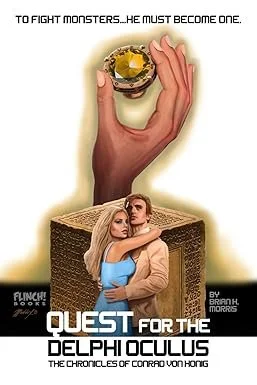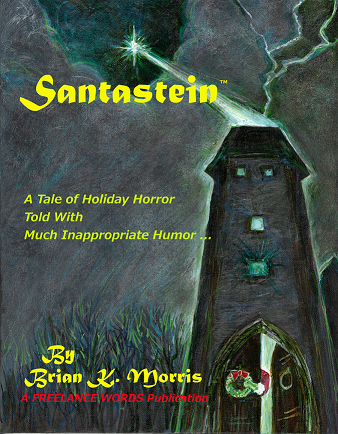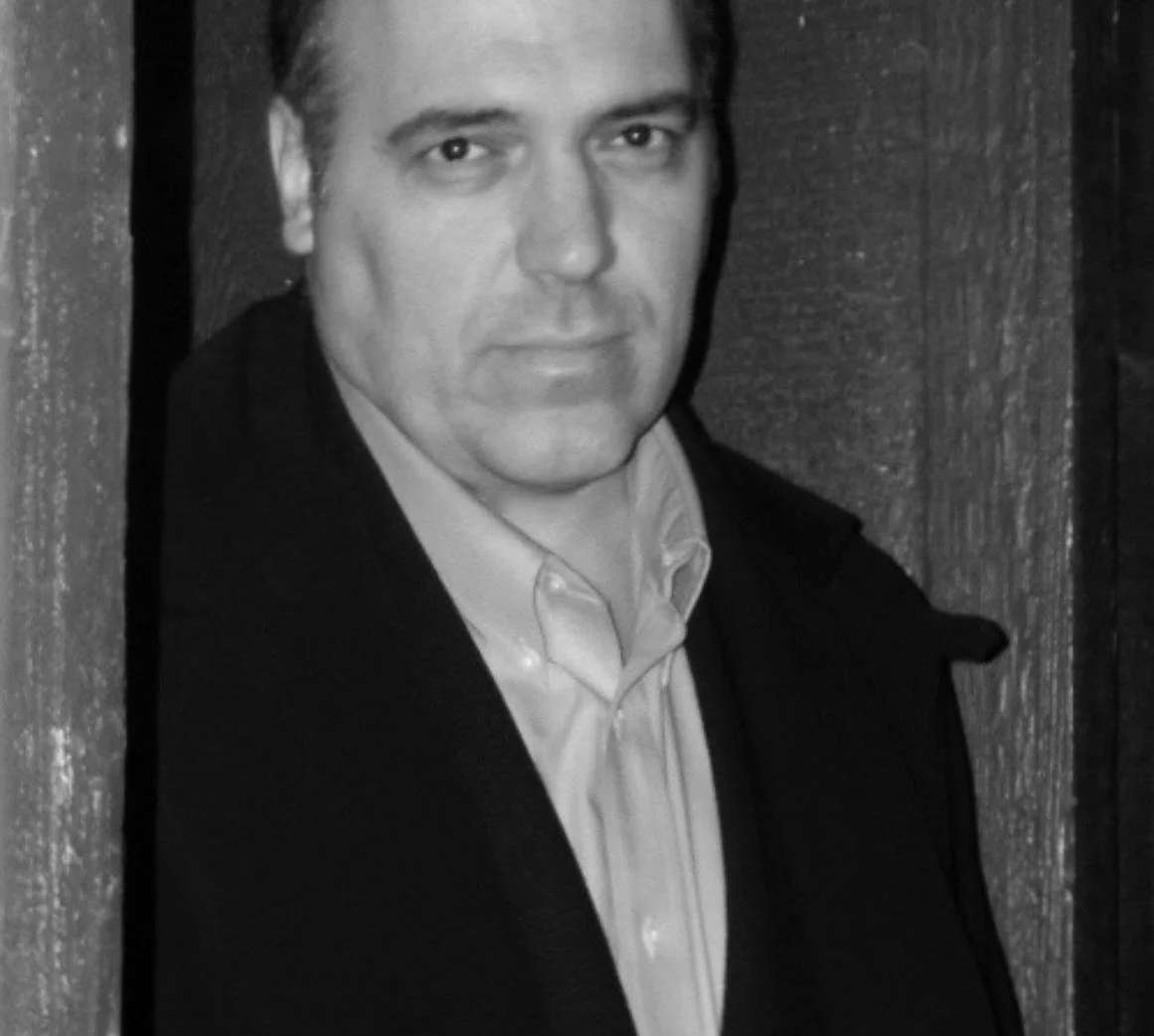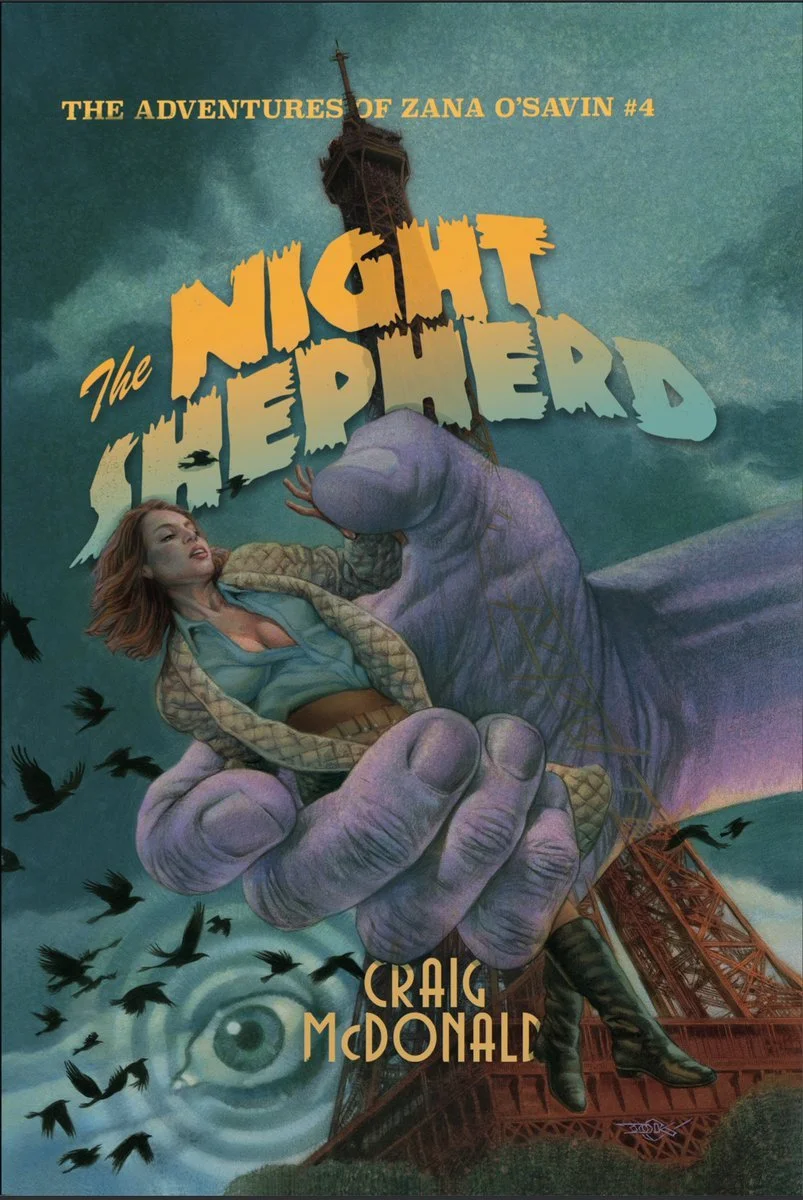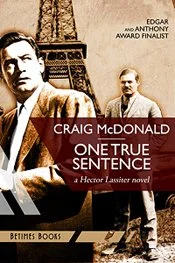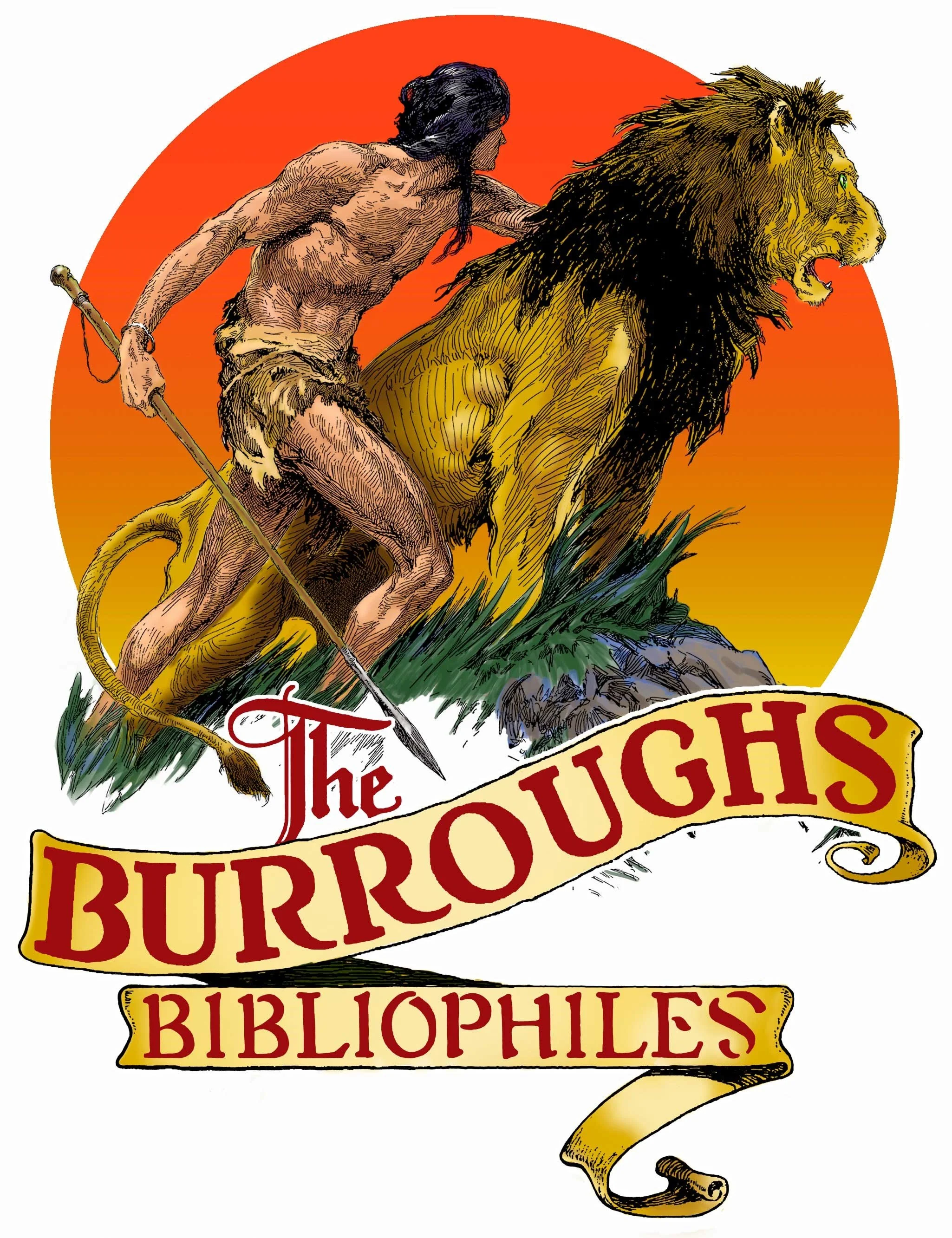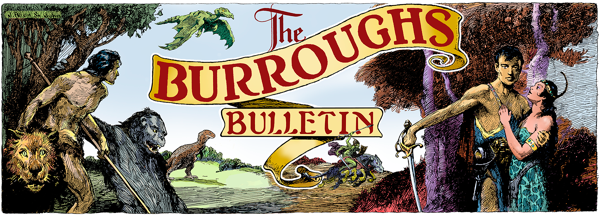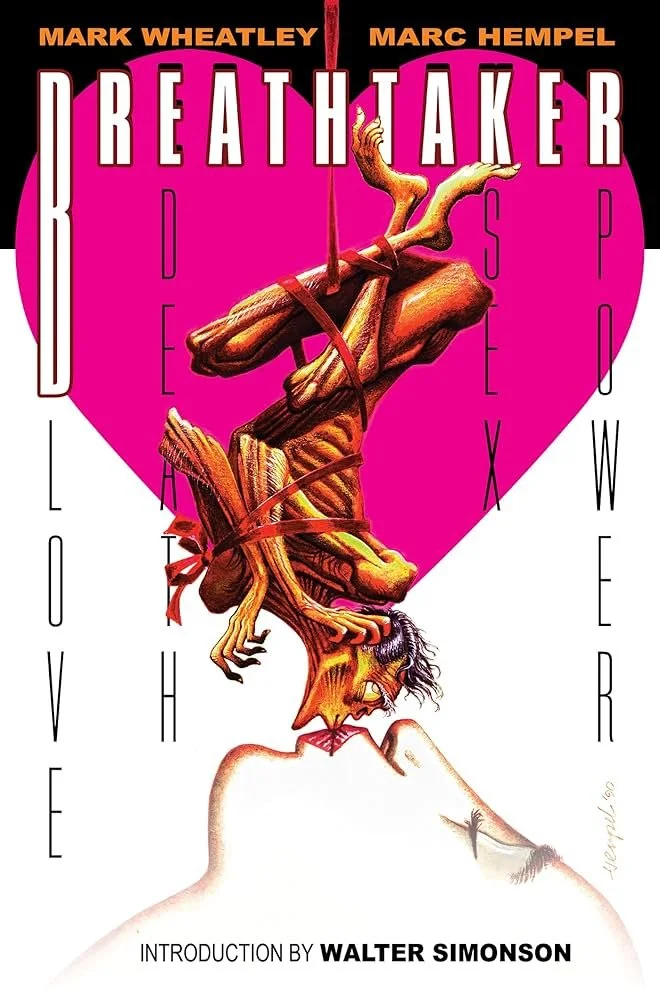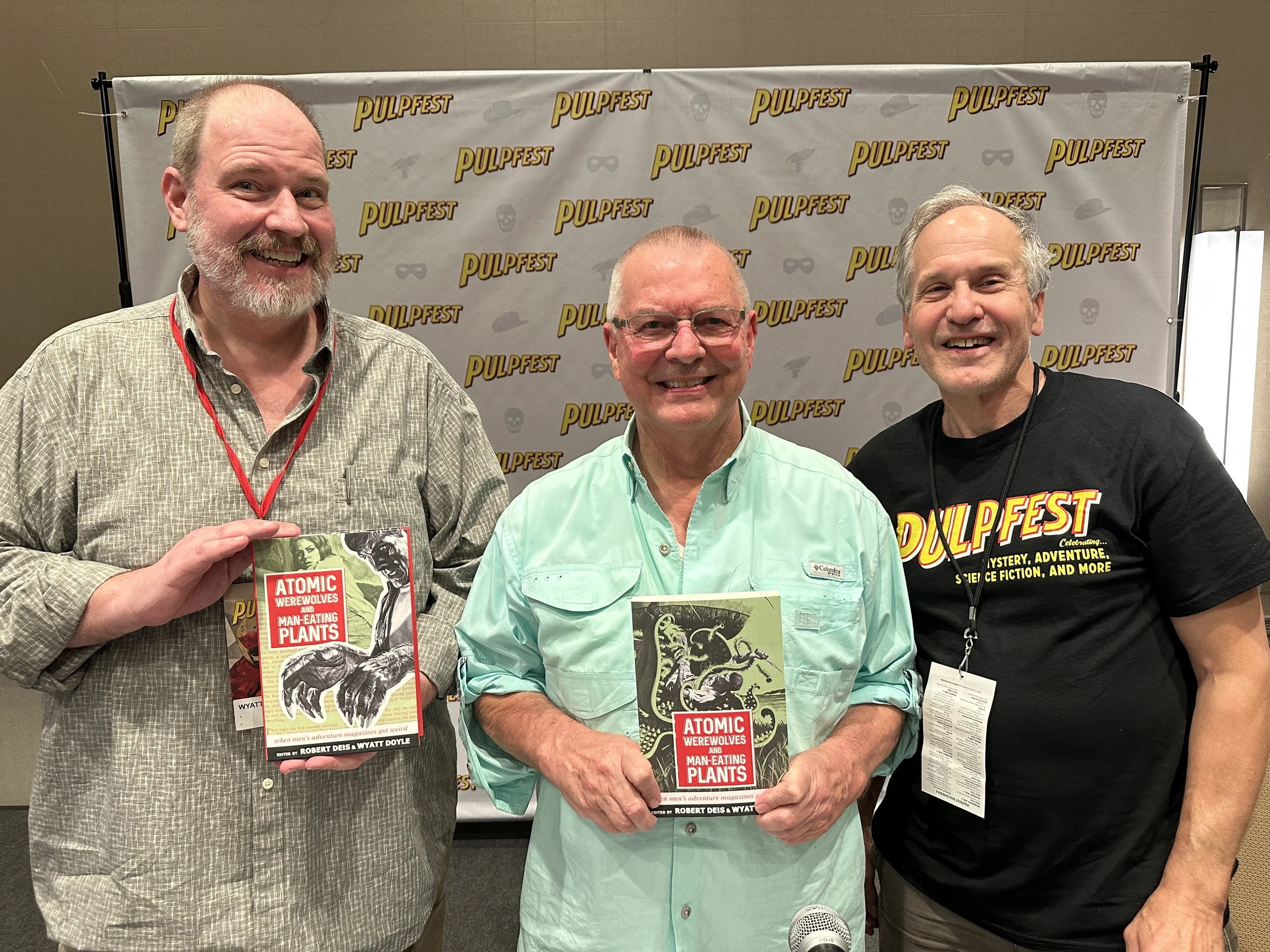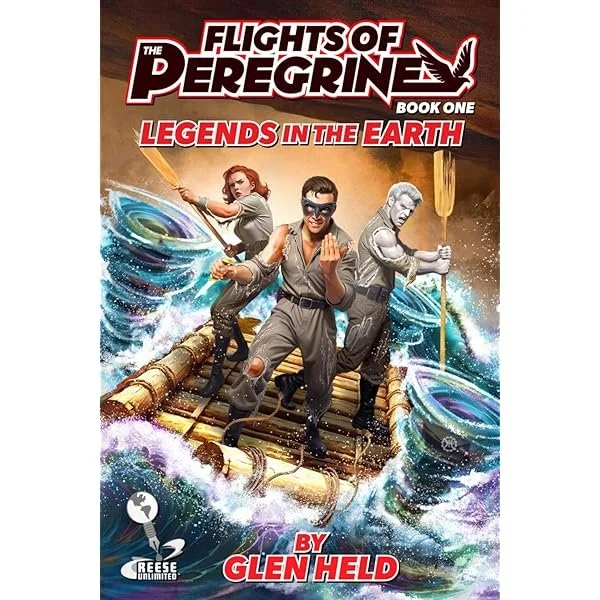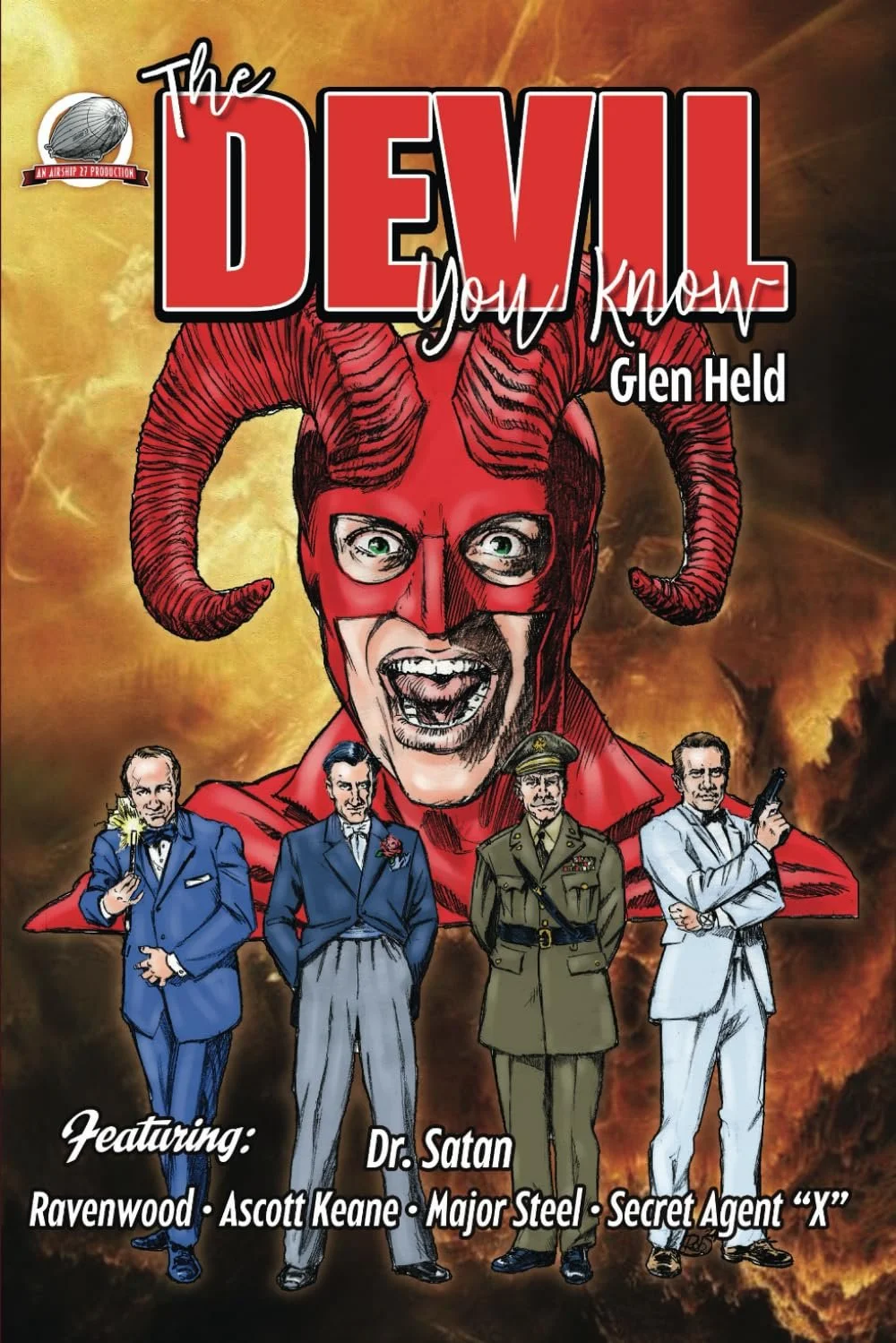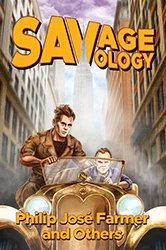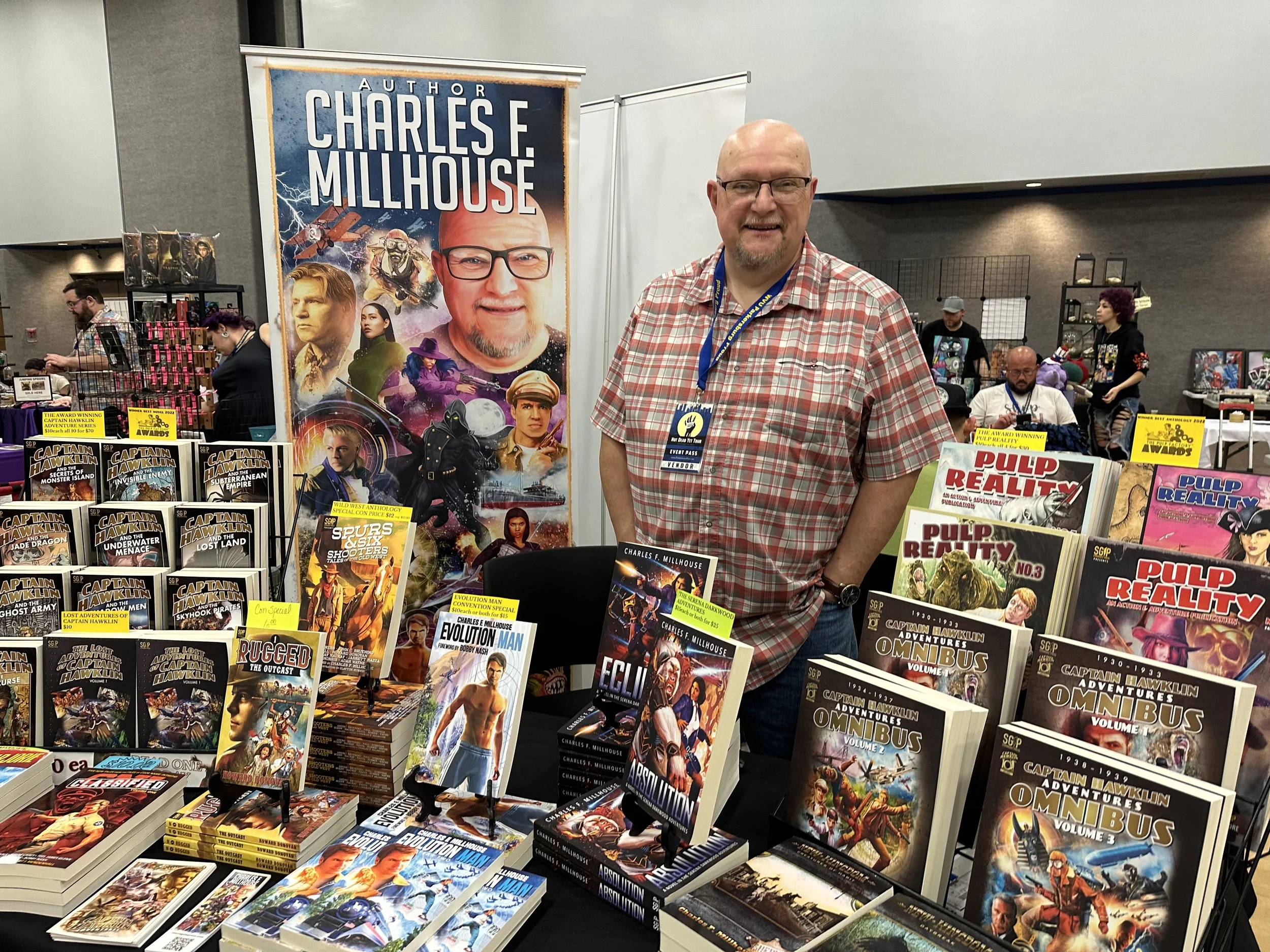Today, as part of on-going but soon-to-end series of interviews with various creative types attending PulpFest 2025, I chat with author Brian K. Morris.
Brian K. Morris is a freelance writer, independent publisher, occasional actor on stage and film, as well as a former mortician’s assistant. Originally from Illinois, Brian now lives in Central Indiana with his wife, no children, no pets, and too many comic books.
Adept in multiple genres of fiction and nonfiction, Brian’s work has been published by Stormgate Press, Flinch Books, Pro Se Press, BEN Books, Blue Planet Press, TwoMorrows Publishing, and Atomic Stories, among others.
Brian won the 2022 Pulp Factory Award for Best Short Story for “Snow Ambition” (BEN Books) and his novel, The Terrors, earned Jeffrey Hayes/Plasmafire Graphics the 2024 Pulp Factory Award. Brian also received a playwriting award in 1997 for not murdering his director.
You can find all things BKM at www.RisingTide.pub where you can sign up for his monthly Insider Information email and from there, join his Patreon account where you can read his twice-weekly blog, Every Blog Deserves a Name.
Hi Brian! Thanks for taking some time to chat.
Goodness! Thank YOU!
Be warned… I tend to talk at sixty miles per hour with gusts of 75. You ask me for the time, I’ll give you the history of clockmaking. Brace yourself…
Since this interview is intended for my series focusing on the creative folks attending PulpFest, let’s start there: what is your first memory of the Pulps or the characters that debuted in them?
I had no idea the pulps existed before I saw the early Doc Savage reprints in a local bookstore, which was also a tobacconist. I recall they had about four or five of them in a row on their shelves. I knew nothing about Doc and the Amazing Five, but I saw the cover of Curse of the Werewolf and I just about fell to my knees, begging my mother to let me buy it.
I started in on the book that night. The next day, I persuaded—if kicking and screaming and begging counts as persuasion—my mother to take me back to that store so I could buy all the others on the shelves.
Then I read the first volume of Jim Steranko’s History of Comics where I learned more about the pulps. Comics and pulps have become a passion that’s enriched most of my life.
And what influence did these characters/books have on you as a reader?
BKM: I loved these episodic adventures because they were like the comic books I loved, but I had to mentally supply the images. These carried me up to the early adventure series of the Seventies and Eighties: Mack Bolan, Remo Williams, The Penetrator, The Chameleon, The Death Merchant, Edge, etc. In a way, I saw these new series as successors to the old pulps. And I still love those books to this day, just as I do the pulps.
I have a reasonable background in reading many pieces of classic literature, mostly because my parents made that a condition to continue reading the material I genuinely loved.
I’m always interested in hearing about people’s creative process. What is yours like? And does it differ between short stories and novels, or when you’re working on your own characters versus somebody else’s?
My process is ever-evolving. Mine begins with the germ of an idea which becomes an “elevator pitch” of two sentences, along with a sentence of a potential plot. If I can boil a story down to that, I’m halfway home with coming up with a decent story.
Then I apply the Lester Dent Master Plot to the process to flesh out an outline. After that, I dive into researching what I need for the story, or I just make it all up out of my head and hope I don’t need to use any real history or science.
Then I take my outline, look at it before I start writing, and then ignore it as I type to allow sudden inspiration to take hold. Every now and then, If I get bored with my outline, I’ll toss a spanner into the works to make the protagonist’s life more hellish. It keeps things fresh for the reader, I hope, and definitely for me.
My process is pretty consistent across multiple word limits except I might add steps to my outline for a large novel or delete an incident or two for a shorter story, depending on the word count I’m allowed. And make no mistake, you give me a word count, I will push it until it whimpers.
As for working on characters for other publishers, I love when I’m asked. I love being told that my work sounds like the creator’s voice. I’ve had a great deal of fun doing the CNI: Classified stories for Robert J. Mendenhall. For those stories, I purposely selected the so-called “minor” characters because I didn’t have to worry about other writers’ ideas conflicting with my own. Plus, don’t those characters deserve some time in the spotlight?
I’m keenly aware that I have to use what Stan Lee called “the illusion of change.” I must leave the characters I’ve been given, pretty much in the shape they were given to me by the end of my story, no better nor no worse. I can’t make Captain Hawklin a cyborg, or force Conrad von Honig to undergo an amputation, or allow Abraham Snow to become the King of the Venusians. In fact, I tend to add secondary characters to whoever loans me their brainchildren, so my benefactors can have new toys to play with. Then they can abuse my brainchildren to their hearts’ content.
Last year at PulpFest, you debuted Quest for the Delphi Oculus: The Chronicles of Conrad von Honig, published by Flinch! Books and featuring a character created by Flinch publishers Jim Beard and John C. Breuning who had previously appeared in a short story anthology (Quest for the Space Gods: The Chronicles of Conrad von Honig). What was that process like in particular? And will you be penning more of Conrad’s adventures?
I want to go on record that this book was quite an adventure for Jim, John, and myself. They’d never worked on a full-length novel with a writer that wasn’t either of them. I couldn’t have asked for two more helpful, encouraging, and challenging editors than those two. I’m so very proud of the book and would love to see some comments on Amazon for it.
I want to say it took about three years to get that book into print because we were all kinda feeling our way in the dark thought the process. They’d never handled a full-length novel from an outside writer—i.e., not Jim or John. Also, I’ll take responsibility for any delays because at the time, I’d overcommitted myself to other publishers at several points in our timeline. But thanks to their patience and skill, the book was written and I’m very proud of what the three of us put together. And what about that Mark Maddox cover, huh?
But I loved, and still love, Conrad von Honig. Jim ‘n’ John were fantastic to work with and yeah, I might have another CvH book in me. So if you want to see it, call Jim and John at… let me get their home phone numbers for you, okay?
I might already have them. (Kidding, John and Jim! Kidding!)
You also last year released The Terrors, an update of a classic Golden Age comics character (The Black Terror). What inspired you to write the book and what changes did you make to the character (who is in the public domain)?
I am so proud of The Terrors. It started by letting my mind roam, which can prove hazardous to those around me. I’d just finished a book that mentioned the U.S. Government approached the various comic publishers to portray members of the Axis powers as less human, even sub-human, in order to destroy any empathy a comic reader might have for them. And given that a LOT of comics were sold in P.X.s at the time, this dehumanized our foes and made them easier for the soldiers to kill.
Not long after that, I sought an idea to write about for what proved to be my first novel for my Rising Tide Publications imprint in too many years. For whatever reason, I asked myself what if the heroes with the word “Black” as part of their name—Black Hood, Black Bat, Black Condor, etc.—were actually African American? How would that have influenced their acceptance by the public they first appeared in? How would that affect their relationship with the authorities? I started taking notes.
I loved the original Black Terror and thought he’d make a good subject for a novel. Then the idea of a clandestine government organization, based on my earlier reading, popped into my head. I applied the idea of a World War 2-based minority hero in my fictional Raceway City, and the rest just fell into place. The book practically wrote itself, and I’ve gotten some great reviews as a result.
And this hero’s “The Terror” because referring to his “blackness” would be as redundant as calling another hero “The White Green Lantern” or “The Orange Thing.”
Bob Benton and Tim Rowland—previously “Roland” in the original comics—were unaltered in personality, but I gave each of them a backstory and Tim got a mom. Jean Starr’s paramour was killed in his second appearance in the comics, but he was too good a villain to not use in these stories.
I also used a version of the Fox Comics public domain version of the Blue Beetle that I renamed The Cobalt Scarab. I also snuck in an appearance from the pulps’ Black Bat. All of this is wrapped up in the notion that the comic adventures DID happen, just not as they were portrayed in government-encouraged propaganda, namely the comic books that you and I know.
I kinda upped the Terror Twins’ power levels and gave the Scarab a means of flight that amused me, based on the old E.B. Stoner illustrations. Then everything fell together, I’m happy to say.
I believe you’ve been working on the sequel. What can you tell us about that?
OOOH! I’m quite excited about the sequel, tentatively titled From Dust ‘Til Dawn. I up the threat level and pretty much destroy any limits this series might have.
In a nutshell, an ancient sarcophagus holds wrappings that will soon prove to be a deadly threat not only to the Terror Twins, but to the world. Let’s just say today, Raceway City… tomorrow, everywhere.
And there will also be two spin-offs from this book that I’m having fun writing. All of them will have GORGEOUS covers by Jeffrey Hayes of Plasmafire Graphics. Jeffrey’s become one of my most enthusiastic cheerleaders for the series, I’m tickled to report.
I am a fan of fiction related to Christmas, especially genre stories connected to the holiday. Tell us about your short novel Santastein: Or, the Post-Holiday Prometheus.
BKM: Santastein, The Post-Holiday Prometheus, is my biggest selling book and probably was the most fun to write. My wife just shakes her head at what I think is amusing, but it’s sold on eight continents, and file-shared out of Russia and China. It does my ego good to know I’m worth stealing from.
Santastein was originally a ten-minute holiday play that I couldn’t convince any of my theatre peeps to produce. They loved it but found it a bit irreverent for the holiday. Can you imagine that? Irreverent? From ME???
This book came early in my full-time writing career. I wanted to put out something fairly quickly after a serious downturn in my daily employment, so I expanded on the script from the original play and it’s become my all-time best seller. This means a lot to me because Mary Shelley’s Frankenstein was the first “grown-up” book I ever read and it might just be my favorite of all time.
And yes, I have plots for two more sequels.
You’ve also written a lot of essays for books and magazines about pop culture history, especially comic books. In fact, we just shared a table of contents, in Jack of All Comics! A Fan Conversation about the King of Comics. What is your process like for researching and writing these non-fiction pieces in general, and the piece on Jack Kirby’s run on DC’s Our Fighting Forces in the 1970s in particular?
BKM: I have so much fun working on this kind of book. It gives me legitimacy, at least in my own mind, when I tell my wife my “work” will involve reading my favorite comic books and watching classic television shows. It’s tough work, but someone’s gotta do it.
First of all, I keep my ears open for anthologies that explore subjects I’m reasonably familiar with, and passionate about. After I make my pitch for an article, and it’s accepted, I dive into the subject, whether it’s Batman ’66 or a specific run of a comic book. While doing the research, I find the “hook” that will make the article interesting to me, at least. It might be a creator’s approach to the material, or it might be a breakdown of what made me interested in the work initially, and to share WHY all this made me happy and why it was important to the medium in which it was presented.
The REAL reason why I enjoy doing articles on old TV shows, comic books, and other media of my misspent youth: I get to watch/listen/read material that makes me happy, then share that joy with the editor of the book.
And before you ask, YES, I do write with the reader in mind. But first and foremost, I write for the EDITOR. I figure it’s his/her job to know what their readers want, so I need the editor’s guidance to please their “customers.” I make the editor happy, the editor pleases the readers. It’s a kind of literary “trickle-down” theory.
What do you have coming up that readers should keep an eye out for?
Well, I’ve finally got a plot for the sequel to Vulcana: Rebirth of the Champion, so that’s in the queue. The following year, I hope to get the final Vulcana novel out, but you have to ask me about the title in person. It’s a bit irreverent…
I’m also working on the aforementioned The Terrors 2: From Dust ‘Til Dawn, as well as the REAL stories behind the Twin Terrors’ and Cobalt Scarab’s original four-color adventures.
I’ve been sitting on an anthology featuring my character Doc Saga, who appeared in Pulp Reality #2 from Stormgate Press. My anthology contributors have exercised superhuman patience with me, so I plan to get that out soon.
I’m also planning out a new version of an anthology that I recently got the rights to, but that’ll have to stay under my fez for now.
Thanks again, Brian! By the time this posts on my website, we’ll both be knee-deep in all things PulpFest!
Aw, thank YOU for letting me overshare my love of all things New Pulp.
Readers, as you read this, it is probably Day Two of PulpFest 2025. It’s still not too late to register for and attend the remaining two days of THE pulp magazine-focused convention in the Northeast and the other three conventions it hosts: FarmerCon (dedicated to the works of Philip Jose Farmer), ERBFest (dedicated to the works of Edgar Rice Burroughs) and DocCon (dedicated to all things Doc Savage related). Check out the PulpFest website for registration and hotel information!

